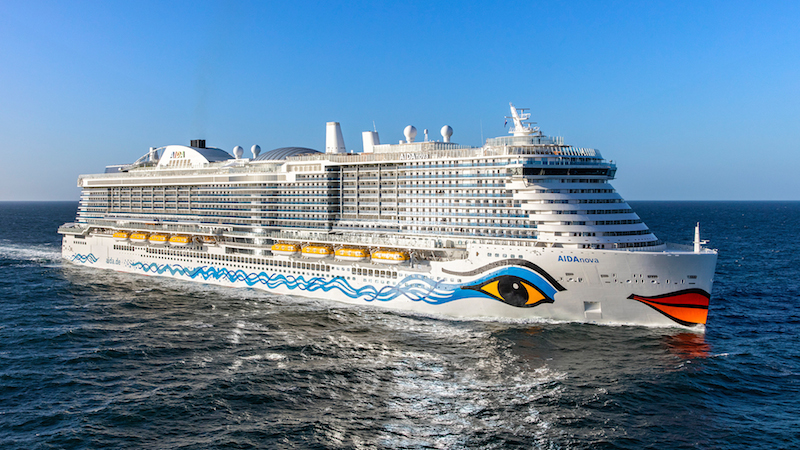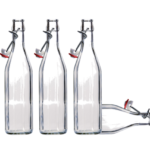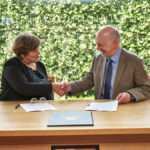
- AIDA Cruises will be the world’s first cruise company to test the use of fuel cells on a large passenger ship as part of the “Pa-X-ell2” research project on board of AIDAnova as early as 2021.
- In addition to AIDA Cruises (represented by Carnival Maritime GmbH), the Meyer Werft shipyard, Freudenberg Sealing Technologies and other partners are involved in the joint project funded by the German Federal Ministry of Transport and Digital Infrastructure. The objective is to find practical solutions for climate-neutral mobility across all shipping.
- Fuel cells enable power supply on board with even lower emissions than is currently possible with liquefied natural gas (LNG): Furthermore, they operate with low noise and vibration. The fuel cell runs on hydrogen obtained from methanol, which also has the potential to be produced from renewable energies in future.
- “With the first-time use of fuel cells on board an oceangoing cruise ship, we will reach a further important milestone on our journey to emission-neutral cruising, and will show further concrete solutions for achieving our climate targets,” says AIDA President Felix Eichhorn.
- By the end of 2023, 94% of all AIDA guests will be traveling on ships that can be fully powered by low-emission liquefied natural gas or, where possible, operated in port with green shore power.
PRESS RELEASE
As early as 2021, AIDA Cruises will be the world’s first cruise company to test the use of fuel cells on a large passenger ship as part of the “Pa-X-ell2” research project on board of AIDAnova.
In addition to AIDA Cruises (represented by Carnival Maritime GmbH), the Meyer Werft shipyard, Freudenberg Sealing Technologies and other partners are involved in the joint project funded by the German Federal Ministry of Transport and Digital Infrastructure. The objective is to find practical solutions for climate-neutral mobility across all shipping. The groundbreaking “Pa-X-ell2” project specifically aims to develop a decentralized energy network and a hybrid energy system with a new generation of fuel cells for use in oceangoing passenger vessels.
“With the first-time use of fuel cells on board an oceangoing cruise ship, we will reach a further important milestone on our journey to emission-neutral cruising, and will show further concrete solutions for achieving our climate targets,” says AIDA President Felix Eichhorn.
Fuel cells enable power supply on board with even lower emissions than is currently possible with liquefied natural gas (LNG): Furthermore, they operate with low noise and vibration. The fuel cell runs on hydrogen obtained from methanol, which also has the potential to be produced from renewable energies in future. The fuel cells made by Freudenberg Sealing Technologies are designed to have a far longer useful life than, say, cells intended for use in cars. The manufacturer’s first trials ashore have shown that a lifetime of over 35,000 operating hours can be achieved.
In 2018 AIDA Cruises took a trailblazing technological leap when it commissioned AIDAnova, the world’s first cruise ship that is entirely powered with low-emission liquefied natural gas (LNG). AIDA Cruises was awarded the “Blue Angel”, the federal government’s eco-label, in recognition of the environmentally friendly design of the LNG cruise ship, which was built by the Meyer Werft shipyard. Two further LNG-powered AIDA cruise ships, built by the Meyer Werft shipyards in Rostock and Papenburg, will be put into service by 2023.
AIDA Cruises is also taking the lead in many other areas, relying on other innovative technologies. In 2020 the world’s biggest battery storage system on a passenger ship to date, with total output of 10-megawatt hours, will start operating aboard AIDAperla. As part of its Green Cruising strategy, AIDA is also exploring the possibility of CO2-free extraction of liquefied gas from renewable sources.
As early as at the end of 2020, no fewer than 12 of AIDA’s 14 ships will be able to use shore power wherever it is available. Since 2017 AIDAsol has been using the shore power plant in Hamburg-Altona for its regular operations.
By the end of 2023, 94 percent of all AIDA guests will be traveling on ships that can be fully powered by low-emission liquefied natural gas or, where possible, operated in port with green shore power.





